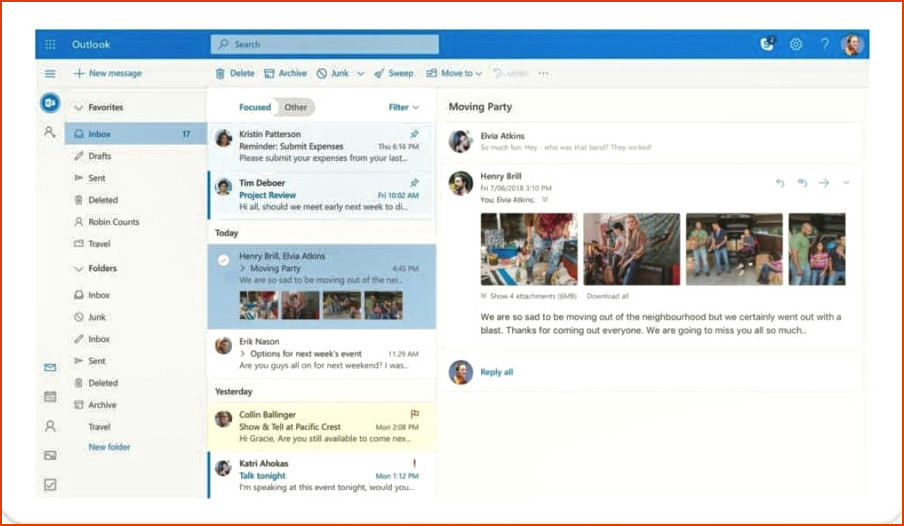

Unsourced material may be challenged and removed. Please help improve this section by adding citations to reliable sources.

TNEF attachments can contain security- sensitive information such as user login name and file paths, from which access controls could possibly be inferred.

When sending plain text or HTML format messages, some versions of Outlook (apparently including Outlook 2000 ) prefer MIME, but may still use TNEF under some circumstances (for example, if an Outlook feature requires it). Selecting RTF as the format for sending an e-mail implicitly enables TNEF encoding, using it instead of the more common and widely compatible MIME standard. Within the Outlook e-mail client, TNEF encoding cannot be explicitly enabled or disabled (except via a registry setting ). Other TNEF files may contain files which have been attached to an e-mail message. Some TNEF files contain information used only by Outlook to generate a richly formatted view of the message, such as embedded ( OLE) documents or Outlook-specific features such as forms, voting buttons, and meeting requests. The official ( IANA) media type, however, is application/vnd.ms-tnef. An attached file with TNEF encoding is most often named winmail.dat or win.dat, and has a MIME type of Application/MS-TNEF. Transport Neutral Encapsulation Format or TNEF is a proprietary email attachment format used by Microsoft Outlook and Microsoft Exchange Server.


 0 kommentar(er)
0 kommentar(er)
